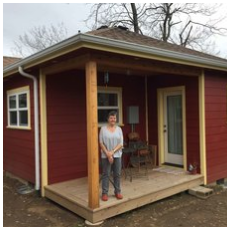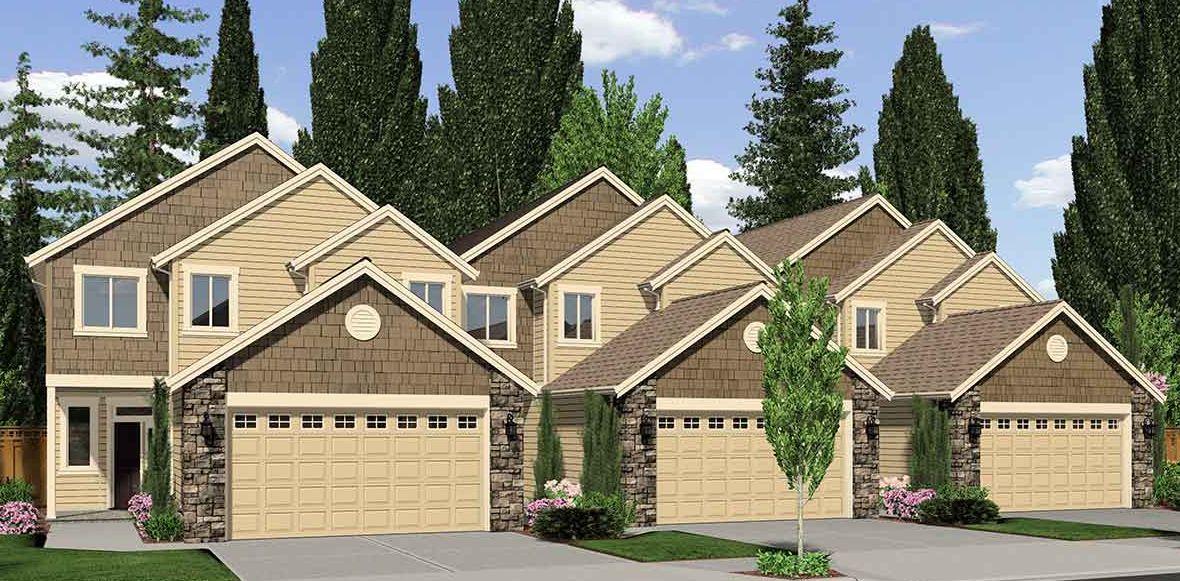The information contained in this article is not intended as legal advice and may no longer be accurate due to changes in the law. Consult NHMA’s legal services or your municipal attorney.
The legislature is determined to make a dent in New Hampshire’s housing shortage this session. More than $134 million in spending was proposed in various pieces of legislation and the Speaker of the House created a “Special Committee on Housing” to come up with ideas for how to solve the shortage. We’re only halfway through the session, but we are cautiously optimistic that incentive programs such as Housing Champions (SB 145) and InvestNH (in HB 2) will see some funding.
One of the biggest problems with the housing shortage is that it has been a slow building crisis (pun intended). In the late 1980’s, the savings and loans crisis and related recession resulted in a severe economic downturn, hitting the housing sector in New Hampshire particularly hard. Speculative over-building had resulted in excess inventory of available housing, decreasing the demand for new housing. By the mid-1990’s, demand once again began to exceed the supply of housing, but efforts in the early 2000’s faltered beginning in 2005. Construction permits for both single-family and multi-family units fell substantially between 2005 and 2009, with only a partial recovery in the following decade, suggesting significant underbuilding leading up to, during, and after the Great Recession. As a consequence of these economic upheavals, New Hampshire has produced significantly fewer housing units per 1,000 jobs created in the decades since the mid-1980’s than there has been demand, leading to the ongoing (and current) shortage of affordable housing.
Unfortunately, as with many complex crises, there has been a tendency to look for an easy target. Even before the early 2000’s, municipalities started “being targeted as ‘the problem’ to finding solutions for affordable housing[,] with increasing frequency and fervor,” according to a 2001 article on “Planning for Affordable Housing” by then Senior Planner Benjamin Frost of the New Hampshire Office of State Planning.
One of the areas that NHMA has been focusing on this legislative session is educating interested parties on the complex interplay of the various factors leading to the real cost of housing, as well as pointing to information about how New Hampshire ranks compared to other states because, of course, the housing shortage is a nationwide problem.
The Price of Housing
The price of housing can be boiled down to five costs –
- Land – Housing must be built on a parcel of land, with the cost of that land being passed on to the occupant of the housing. Even in recessions, land values in New Hampshire have a tendency to stabilize but not go down, and, in most years, land values increase.
- Materials – Material costs have increased substantially, with supply-chain issues driving some costs well above inflation, but many such costs have begun to normalize in the past few months.
- Labor – The average age of an electrician is over 55 in New Hampshire and the average age of a plumber is older. As the labor pool continues to dwindle, workers can demand even higher wages than expected as part of a cost-of-living adjustment.
- Lending – Until about a year ago, the cost of lending was low for over a decade, leading to low transaction costs for those buying and selling homes. With mortgage rates increasing from a low of around 2.5% to around 7% in the span of a year-and-a-half, lending costs have increased substantially.
- Governmental Costs – What local zoning allows, what the state building and fire codes require, what state statute mandates all contribute to the overall cost of a building a home. Some of these costs are fixed costs – building homes close together requires public water and sewer and the cost of water and sewer upgrades must be borne by either the builder or the community at large and those costs are going to be whatever they are going to be. Other costs are variable, such as permitting and inspection fees.
At present, a 1,600 sq ft house costs about $205 per square foot just to build. That’s a total of $328,000 without adding in any costs associated with complex engineering, developer profits, lending costs, or governmental costs. With the average New Hampshire home valued at around $400,000, it’s also important to keep in mind that with 5% down payment and 30-year mortgage, lending costs at 7% interest result in a $2,528 monthly payment versus a $1,602 monthly payment at 3% interest.
Finding affordability is a complex challenge, and a few proposals to lower housing costs have made their way into legislation this year. It’s not often that we get data on policies that were considered by the legislature in the same year that those policies were considered, but thanks to the House Special Committee on Housing’s dogged pursuit of data on housing, we’ve learned a little more about how New Hampshire compares to other states on a couple of fronts:
Accessory Dwelling Units (ADUs)
The Mercatus Center at George Mason University published a case study of New Hampshire’s 2017 ADU law. In comparing New Hampshire’s law to the other states (California, Connecticut, Maine, Oregon, Utah, Vermont, Washington) that have similarly enacted such statewide zoning mandates, researchers found that New Hampshire has, in all but one municipality studied, exceeded the comparable adoption of ADUs by other states. (New Hampshire has a pending ADU expansion bill, HB 423, which will be examined by the special committee on housing sometime this summer.)
In Los Angeles, for example, the ADU adoption rate was 0.34 per 1,000 single-family houses annually. “This rate is lower than any of the New Hampshire localities for which we have annual ADU permitting data, except for [one], despite New Hampshire having [stricter policies than Los Angeles].” Similarly, “Durham, North Carolina – which has an ADU ordinance that follows best practices for facilitating construction – that there is at least one detached ADU for every 490 single-family homes. All the localities in our sample, except for [one], have permitted enough ADUs between 2017 and 2021 to have more than one ADU for every 490 single-family homes [with the highest rate in New Hampshire being one ADU for every 137 single-family homes].” Two specific New Hampshire municipalities were cited as having “achieved a saturation of ADUs well above what the West Coast cities, typically cited as ADU success stories, have achieved.”
Duplexes, Triplexes, and Fourplexes
The Mercatus Center at George Mason University also looked at two-to-four-unit buildings and zoning outside of New Hampshire that allowed them by right anywhere that single-family homes could be constructed. Minneapolis, Houston, and Oregon all passed laws similar to this year’s fourplex bill, HB 44 (which was killed by the House). “New Hampshire, from 2017 to 2021, permitted about 310 housing units per 100,000 residents per year, 5.5 percent of which were in two- to four-unit buildings. Notably, this puts New Hampshire comfortably ahead of Houston, Minneapolis, and pre-reform Oregon in the permitting of two- to four-unit buildings.” (Post-reform Oregon has not yet generated enough data for comparison.)
Conclusion
As the Special Committee on Housing continues to gather data, we are interested in seeing how New Hampshire compares to other states on other housing metrics. So far, New Hampshire seems to be faring well. One complication, however, is that the data is clearly showing that over the past several decades, house prices have risen faster than income across the world’s advanced economies, including in the United States, leading to a strong uptrend in price-to-disposable income ratios, potentially signally a decoupling of housing prices from the fundamentals driving the supply and demand for housing.
We are hopeful that some of the incentive programs proposed in the various pieces of legislation this year will help municipal zoning ordinances continue to thrive as laboratories of democracy, experimenting with novel as well as data-proven techniques to increase access to affordable housing. We have already heard of a need to increase state investment in fostering the ability of municipalities to tailor their policies to the conditions faced by each individual municipality, and how such investment can alleviate issues caused by one-size fits all zoning.
Natch Greyes is the Government Affairs Counsel with the New Hampshire Municipal Association. He may be contacted at 603.224.7447 or at governmentaffairs@nhmunicipal.org.

